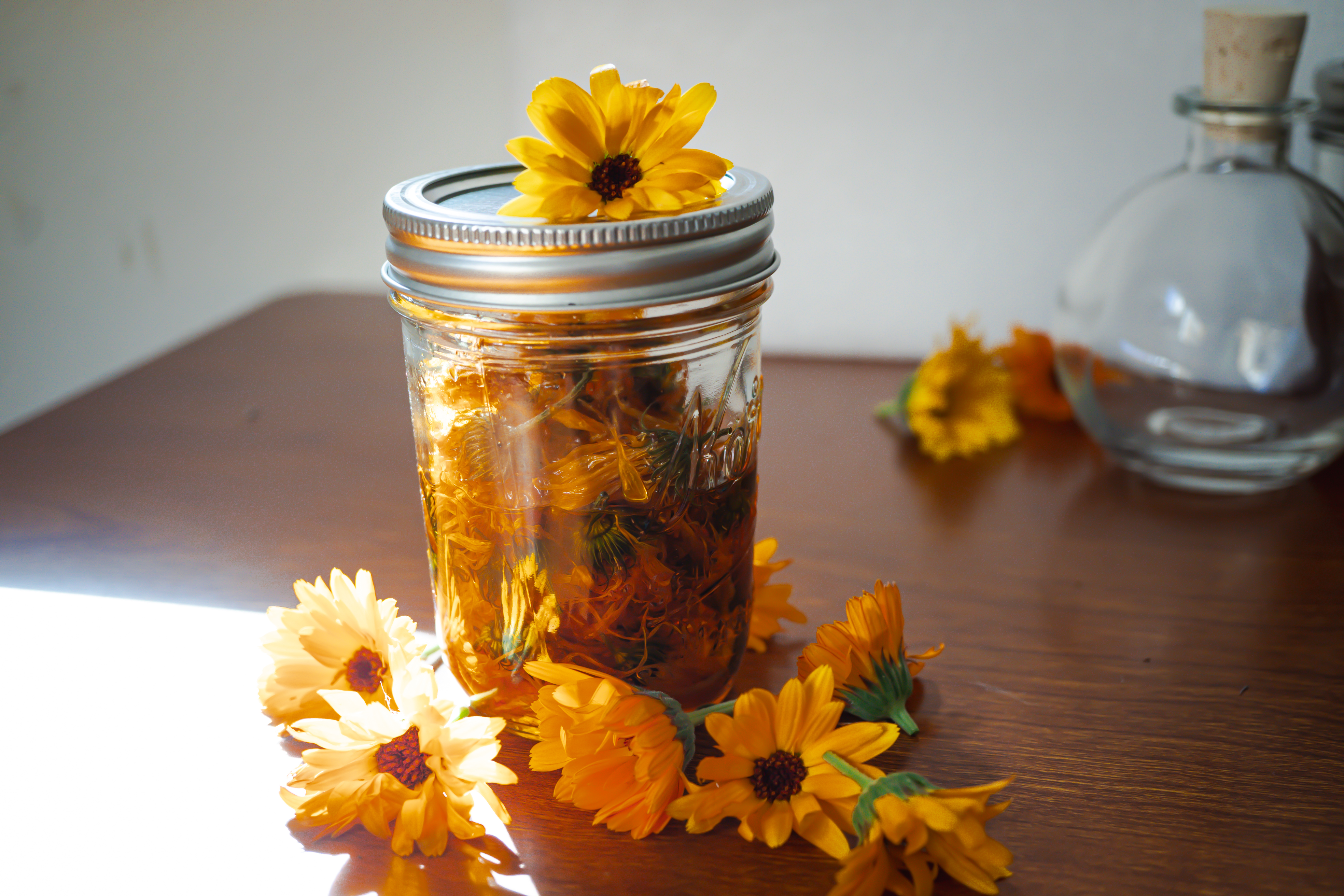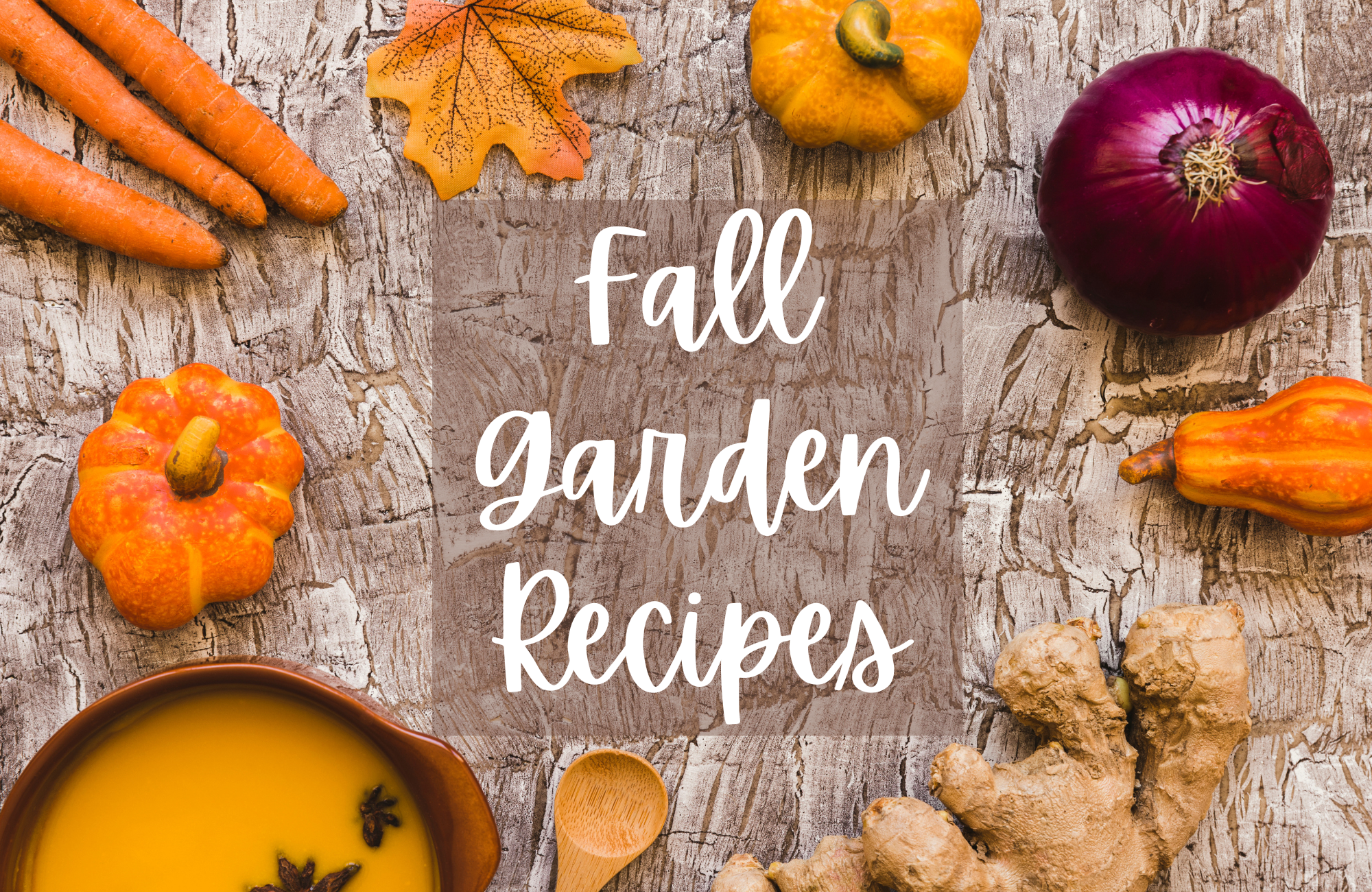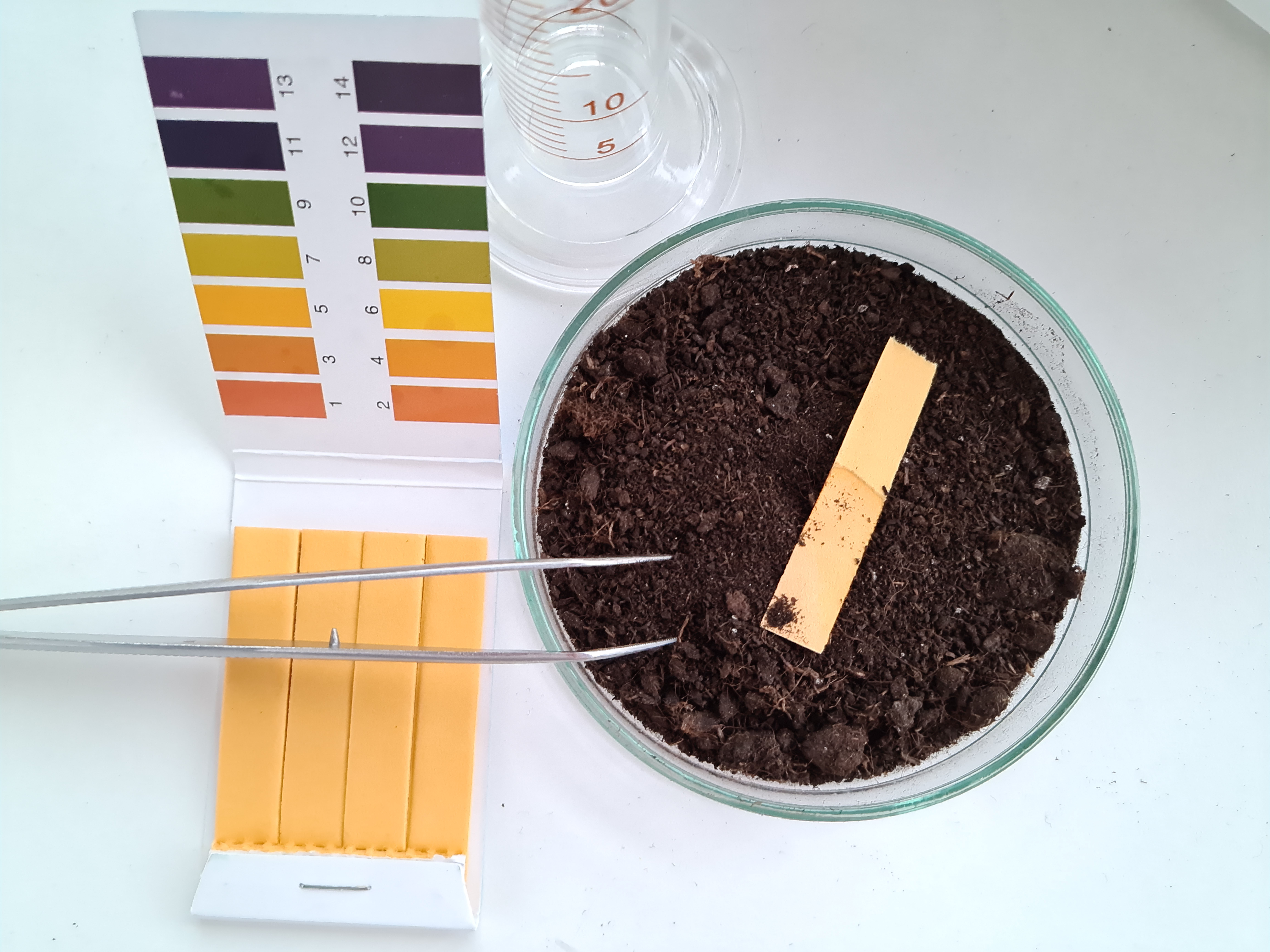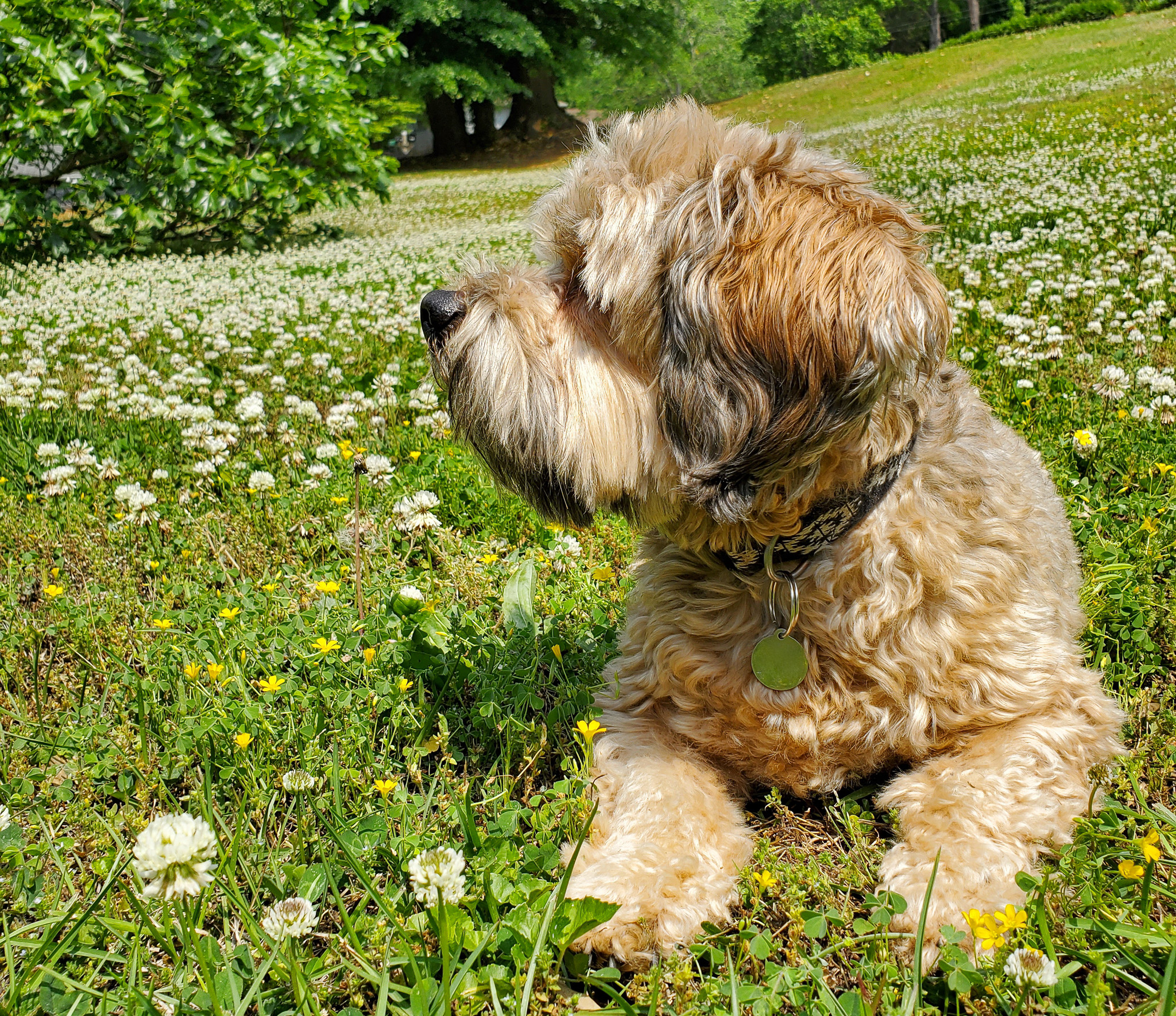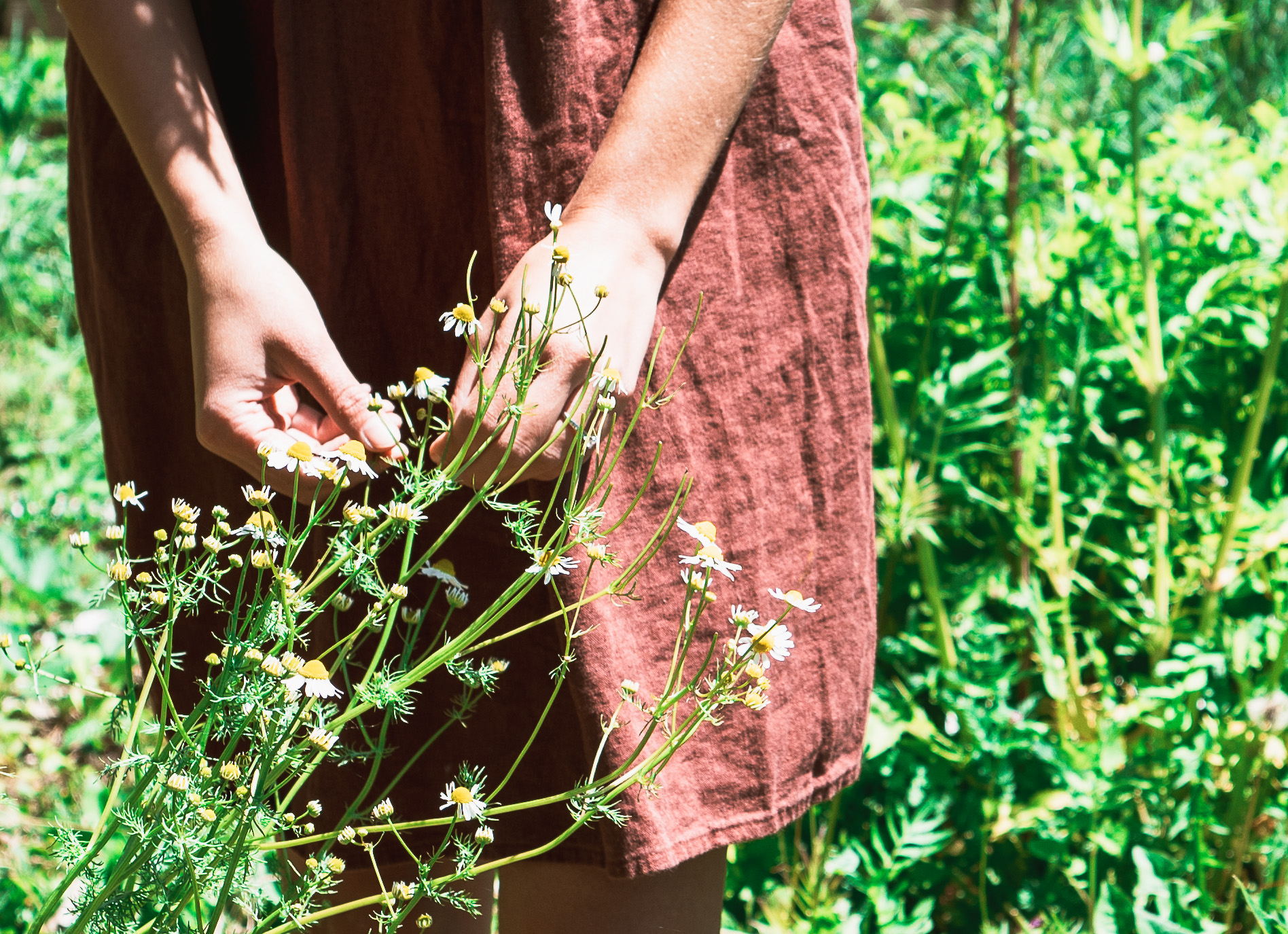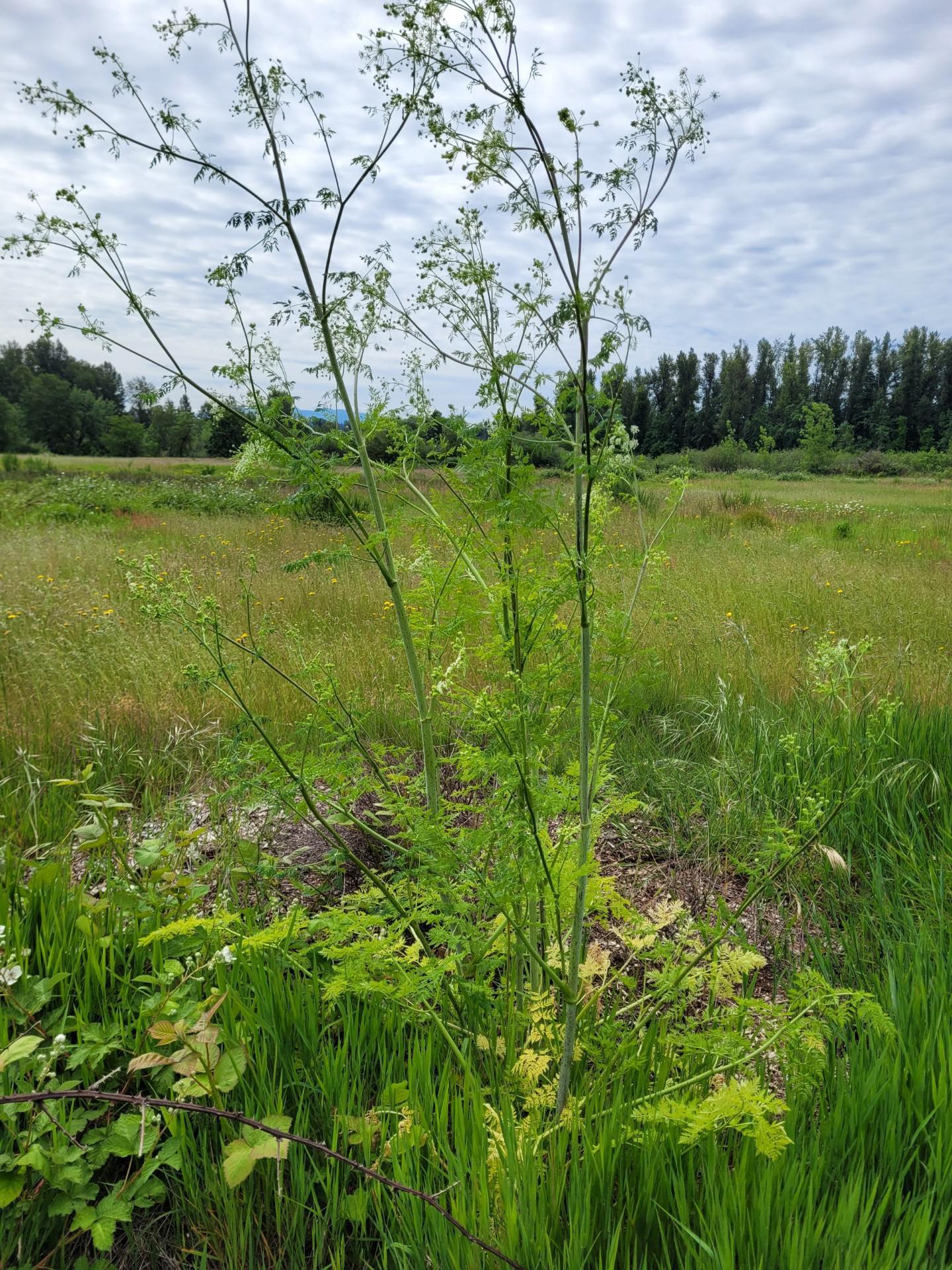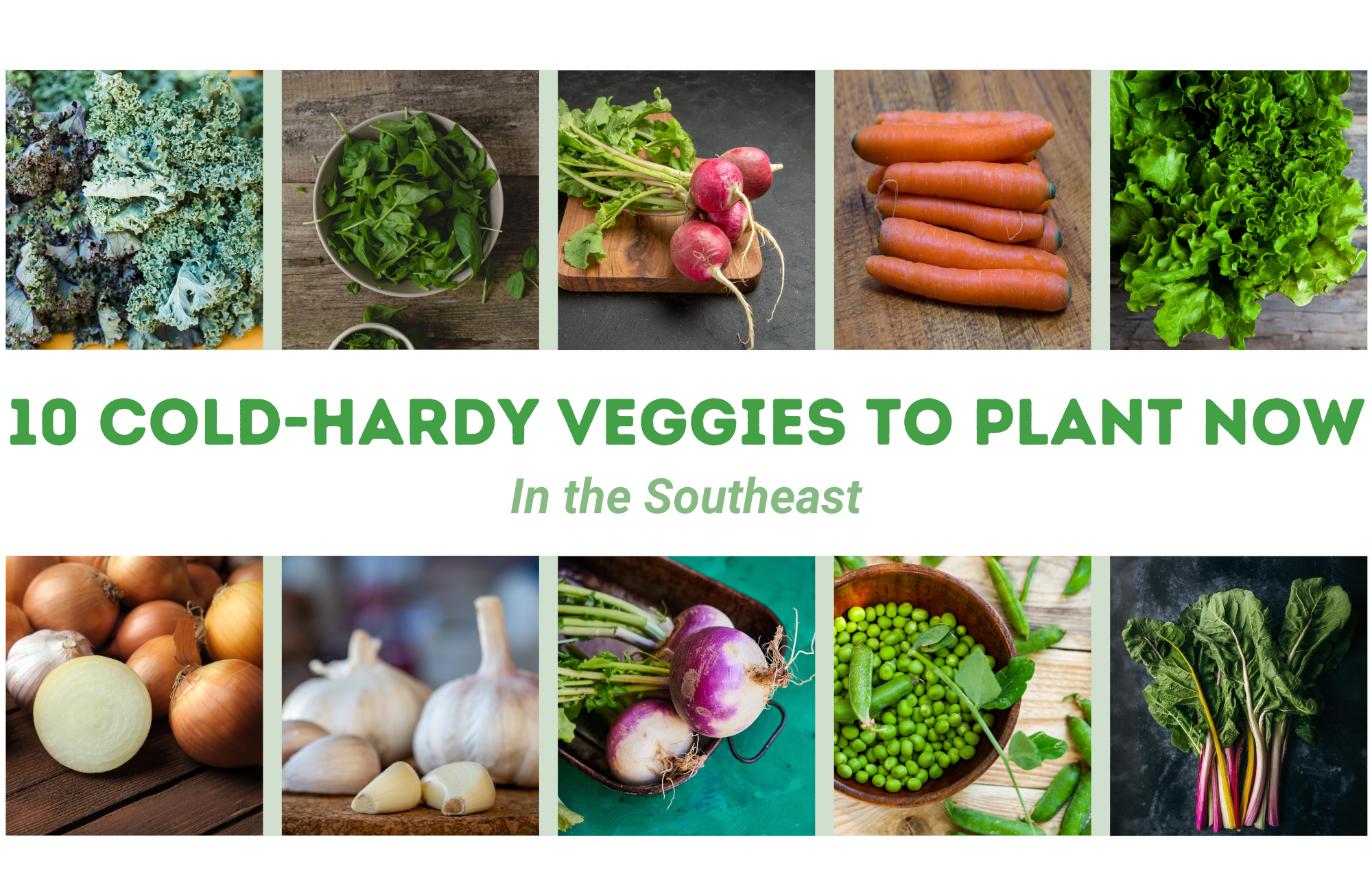
10 Cold-Hardy Veggies to Plant Now in the Southeastern US
Think you need to wait until spring to start your garden? Think again! Here in the Southeastern US, our mild winters give us the opportunity to grow delicious, fresh vegetables all year round. And let’s be honest, there’s something extra satisfying about harvesting your own food when there’s a chill in the air. So, grab your gardening gloves and let’s get planting! Why Cold-Hardy Veggies? Cold-hardy vegetables are a special group of plants that can handle chilly temperatures and even a touch of frost....

